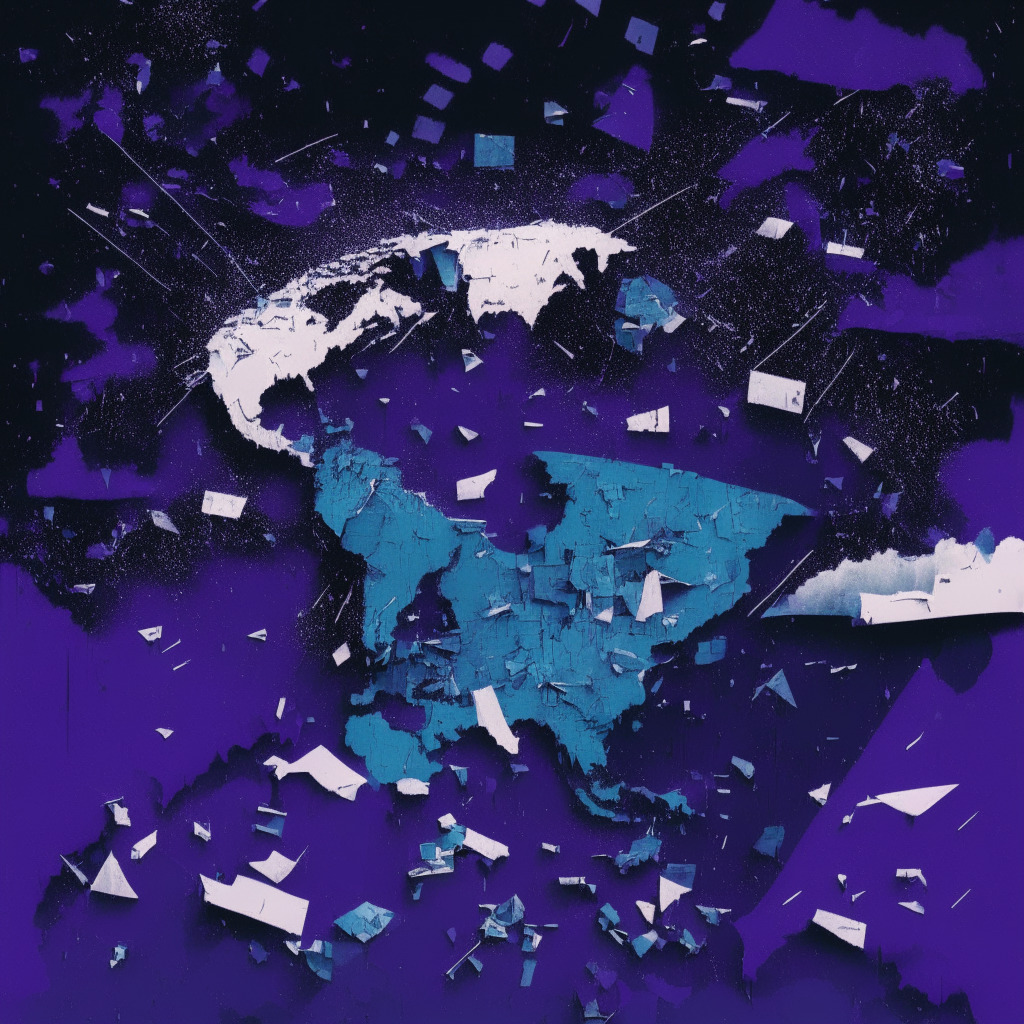Nine years ago, when Ukraine resolved to align with the European Union, the country spearheaded an intensive struggle to support its decision. Now, Ukraine finds itself on the brink of an intriguing evolution, having recently acquired candidate status for membership in the EU. While the nation celebrates this milestone, questions arise, particularly regarding the new Markets in Crypto-Assets Regulation (MiCA) poised to be embedded in its legal system. Championed by Ukraine’s Deputy Minister of Digital Transformation, Oleksandr Bornykov, compliance with said rules could potentially rewrite Ukraine’s crypto future while empowering the entire EU with a consistent, harmonized regulation methodology.
Under the wings of MiCA, crypto service providers authorized by any competent authority within an EU member state can stretch their operations across all member states through what’s termed a “passport” regime. On paper, this seems like an unprecedented step towards cohesive, EU-wide crypto regulation. But dig a little deeper, and conflicting layers emerge, primarily for Ukraine, yet to achieve full-fledged EU membership. While implementing MiCA rules into Ukraine’s national legislation, granting similar “passporting rights” to crypto companies becomes an impossibility. An unfortunate result of this limitation could be a reduced allure for Ukraine’s jurisdiction.
Further, MiCA lays multiple restrictive obligations and disclosure requirements on crypto platforms and token issuers. Authorization, capital requisites, transaction supervision, whitepapers content, marketing communications, and other professional clauses, many of them borrowed from securities market traditions, all form part of MiCA. New token issuers must abide by these regulations, possibly feasible for established crypto players already operating in the EU market. However, it could prove challenging for newcomers to align with these robust requirements and bear the substantial compliance costs.
Ukraine, home to numerous crypto startups such as Bitfury and Everstake, finds itself grappling with a peculiar situation. Despite the country’s rich crypto heritage, none of these companies are registered there, primarily because there exists no workable legal framework for obtaining legal authorization. With MiCA’s stringent requisites in place, competition in Ukraine’s crypto market might thin out, leaving only a handful capable of shouldering the substantial liabilities. Excessive compliance measures such as whitepaper drafting might discourage crypto asset service providers due to the inherent risk of legal action and steep issuing process costs. Consumers are likely to bear the brunt of these increased costs affecting crypto exchange services.
Additionally, MiCA’s applicability doesn’t extend to certain crypto assets already classified under existing legal frameworks – leaving a considerable legislative vacuum. Add to this the fact that Non-Fungible Tokens (NFTs) fall outside MiCA’s ambit, the process of tokenizing tangible assets might become significantly trickier in Ukraine. If not correctly executed, Ukraine could be faced with an uneasy paradox – a European crypto legislation with no mature regulated crypto market.
Adopting feasible parts of MiCA, creating competitive jurisdiction for the digital economy sector, and focusing on the post-war recovery of the country seems the prudent way forward for Ukraine. This approach would allow them to mould the European crypto policy once they become a full-fledged EU member.
Source: Coindesk




